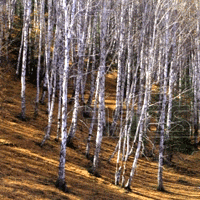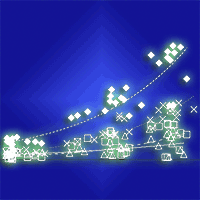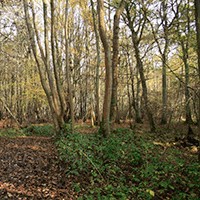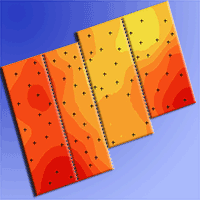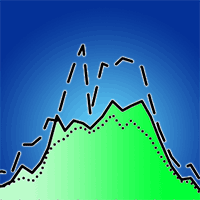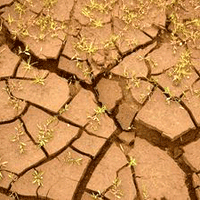
Separating soil respiration components with stable isotopes: natural abundance and labelling approaches
iForest - Biogeosciences and Forestry, Volume 3, Issue 4, Pages 92-94 (2010)
doi: https://doi.org/10.3832/ifor0541-003
Published: Jul 15, 2010 - Copyright © 2010 SISEF
Review Papers
Collection/Special Issue: NFZ Summer School 2009 - Birmensdorf (Switzerland)
Long-term ecosystem research: understanding the present to shape the future
Guest Editors: Marcus Schaub (WSL, Switzerland)
Abstract
Due to the potential of forest ecosystems contributing to CO2 increase as well as to climate change mitigation, forest-atmosphere CO2 exchange has been intensively studied over last decades. However, the contribution of individual components of belowground carbon pools is still poorly known. In particular, there is no unequivocal means to separate root respiration (autotrophic) from heterotrophic respiration by soil microflora and fauna. Most studies investigating soil respiration disturbed the soil and tried to exclude autrophic respiration. Here we review alternative non invasive methods to separate the two components. Those methods share the application of the stable carbon isotope 13C, using either local changes in natural abundance of 13CO2 or artificial labelling of trees with CO2 enriched or depleted in 13C. We conclude that the applicability of natural stable isotope methods is still limited in forest ecosystems because only in a few cases there are large enough differences in 13C among soil carbon pools (usually due to the earlier presence of a C4 canopy, which is seldom in forests). On the other hand, artificial labelling with CO2 either enriched or depleted in 13C is now in a widely used for partitioning soil respiration components. However, recent findings gave clear evidence that measurements of soil CO2 efflux can be substantially influenced by the return efflux of the abiotic label. Still, especially the combination of Free Air Carbon Enrichment (FACE) with dual δ13C and δ18O stable isotope approach has the potential to provide new answers on the response sensitivity of turnover dynamics of the largest belowground soil carbon storage to elevated temperature and CO2.
Keywords
Carbon stable isotopes, Labelling, Natural abundance, Autotrophic and heterotrophic soil respiration
Authors’ Info
Paper Info
Citation
Braig E, Tupek B (2010). Separating soil respiration components with stable isotopes: natural abundance and labelling approaches. iForest 3: 92-94. - doi: 10.3832/ifor0541-003
Academic Editor
Marcus Schaub
Paper history
Received: May 25, 2010
Accepted: May 31, 2010
First online: Jul 15, 2010
Publication Date: Jul 15, 2010
Publication Time: 1.50 months
Copyright Information
© SISEF - The Italian Society of Silviculture and Forest Ecology 2010
Open Access
This article is distributed under the terms of the Creative Commons Attribution-Non Commercial 4.0 International (https://creativecommons.org/licenses/by-nc/4.0/), which permits unrestricted use, distribution, and reproduction in any medium, provided you give appropriate credit to the original author(s) and the source, provide a link to the Creative Commons license, and indicate if changes were made.
Web Metrics
Breakdown by View Type
Article Usage
Total Article Views: 58508
(from publication date up to now)
Breakdown by View Type
HTML Page Views: 48536
Abstract Page Views: 3559
PDF Downloads: 5243
Citation/Reference Downloads: 32
XML Downloads: 1138
Web Metrics
Days since publication: 5650
Overall contacts: 58508
Avg. contacts per week: 72.49
Citation Metrics
Article Citations
Article citations are based on data periodically collected from the Clarivate Web of Science web site
(last update: Mar 2025)
Total number of cites (since 2010): 5
Average cites per year: 0.31
Publication Metrics
by Dimensions ©
Articles citing this article
List of the papers citing this article based on CrossRef Cited-by.

